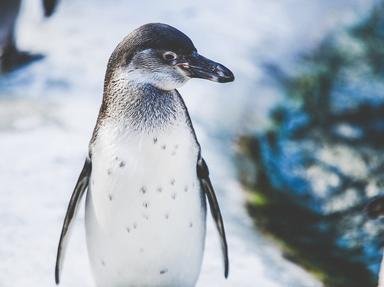
A Penguin Parade Trivia Quiz
Penguins come in a range of sizes - can you line these ten up in order of height so they can form an orderly parade? Note: these ranges are based on data from multiple sources, and are the average adult height for each species.
An ordering quiz
by looney_tunes.
Estimated time: 3 mins.